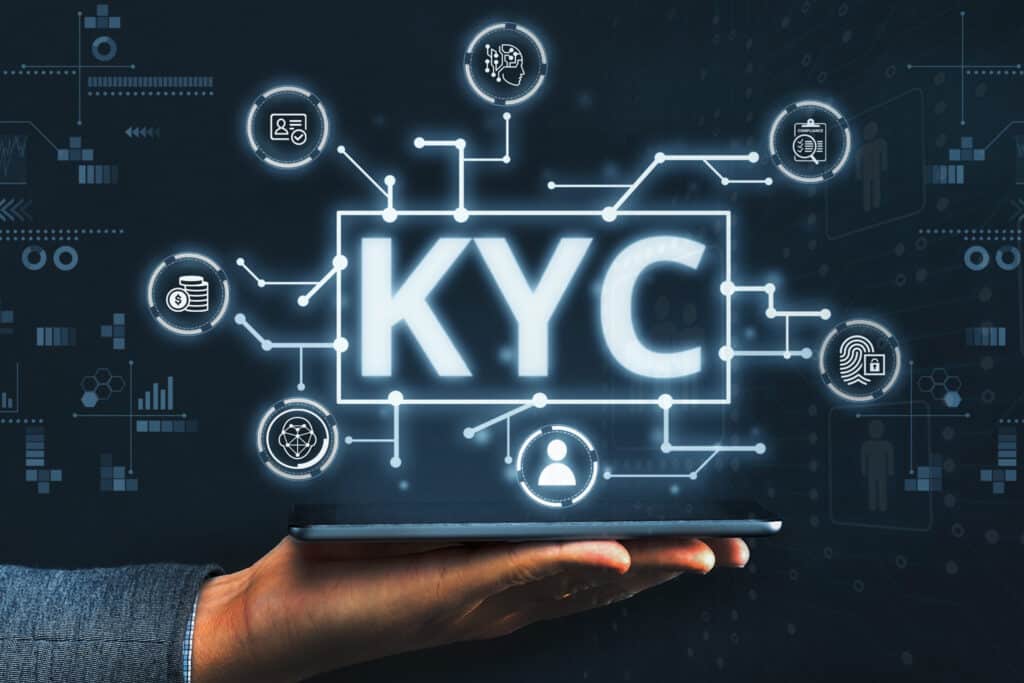
The Role of KYC Compliance In Making Customer Onboarding Smoother
Financial institutions are in a difficult situation when it comes to meeting the time taking and labor taking know your customer (KYC) and anti-money laundering (AML) standards. KYC Compliance makes customer acquisition easier and time-saving.
On the one hand, U.S. FIs have paid billions in fines and penalties as a result of compliance errors. Moreover, the seemingly never-ending barrage of intrusive inquiries that prospective applicants must respond to leaves a terrible first impression. It’s understandable why abandonment rates for new account opening and customer onboarding are so high given the overall context of a clumsy and fragmented digital experience.
AML, KYC, data privacy, and MiFID violations have resulted in 198 fines against financial firms, a 141% rise from 2019. The abandonment rate for opening an online account, according to Jim Marous of the Digital Banking Report, is 19%.
What factors contribute to these alarming abandonment rates? According to research, when an application takes more than five minutes to complete, users start to leave. However, 75% of institutions claim that opening an account takes more than five minutes, with over 30% reporting that it takes longer than ten minutes.
A fantastic place to start is to shorten the time it takes to open an account online. Before you can start enhancing the customer onboarding process, let’s first define AML and KYC compliance.
Describe KYC/AML.
While AML and KYC compliance standards are closely related, there are some significant variations between the two. KYC particularly refers to the procedures that organizations must follow to confirm the identity of their clients, whereas AML refers to a larger set of guidelines intended to stop financial crimes like money laundering and the financing of terrorism. Financial institutions utilise AML and KYC compliance to help preserve the safety and reliability of both their own businesses and the wider financial system.
Briefly put, KYC procedures enable businesses to adopt a risk-based approach to AML compliance that focuses on knowing who their clients are and what level of money laundering risk they pose. While the KYC process may be structured differently at each institution, the main steps involve gathering identification and address proof for customers.
Institutions may be compelled to conduct “enhanced due diligence,” or additional information gathering when a customer’s profile indicates a particularly high risk of money laundering (EDD). According to the circumstance, these steps might involve:
- Gathering further identity and documents as proof
- Confirming the source of the person’s funds
- Examining more deeply the motivations behind transactions or the nature of commercial connections
- Putting in place routine monitoring processes
Managing KYC/AML compliance presents issues for financial organizations
Although KYC compliance appears to be very simple on the surface, in reality, it can be very difficult. The issue is brought on by the fact that the FI is required to carry out a number of steps, including gathering customer information, physically verifying proof of identification, checking credit, screening against government databases like the Office of Foreign Assets Control (OFAC), and obtaining a wet signature. The overwhelming majority of institutions carry out the majority or all of these stages by hand. It sometimes becomes really difficult to handle KYC through traditional methods.
The search for a seamless, completely compliant onboarding solution
Thankfully, cutting-edge digital solutions have just recently entered the market, giving financial institutions of all sizes the chance to lessen their compliance load, enhance the client experience, and make gathering necessary KYC information a pleasure!
Customer identification verification is another crucial compliance stage in the KYC procedure. Without seeing genuine identification, it becomes hard to do KYC Verification and know them. Thankfully, contemporary ID verification technologies provide completely safe, legally acceptable verification that integrates right into the process. The consumer no longer needs to present physical identification in person at the branch or a notary thanks to its robust, integrated capability. Instead, people can use their computer or mobile device to scan and upload government-issued ID documents or answer knowledge-based questions to prove their identification.
KYC compliance and improved customer experience go hand in hand
Financial organizations are now providing their clients with easier and more streamlined account-opening processes. Digital account opening takes place in less time, at a lower cost, and with less manual labor from both the applicant and banking personnel thanks to the seamless integration of KYC/AML compliance into the onboarding workflow. In addition, a wholly digital approach offers more data security and protection than a conventional, in-person account creation process and a lower chance of regulatory fines and findings.





